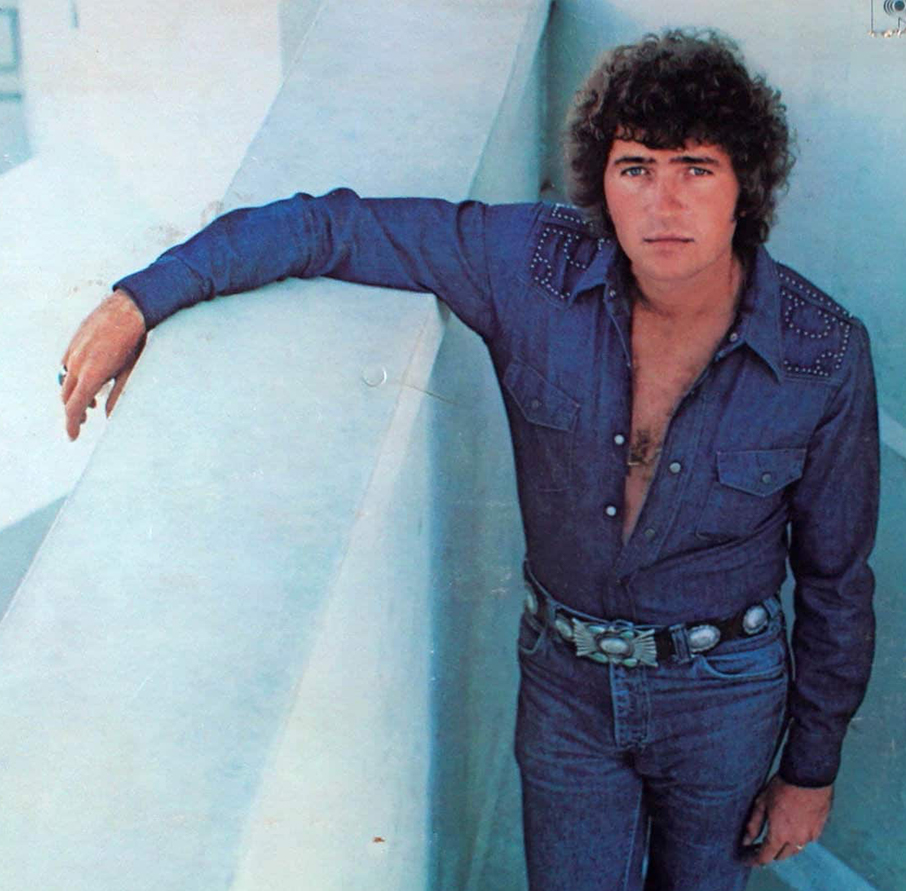 In the 1970s entertainment scene, a pattern emerged. Scripted acts, planned sequences, and lip-synced songs dominated the stage. But what if there was another way? Mac Davis dared to ask that question. Instead of telling the audience what he thought they wanted to hear, he turned the question around: “What do you want to hear?” And thus, “The Mac Davis Show” revolutionized the essence of interaction and performance.
In the 1970s entertainment scene, a pattern emerged. Scripted acts, planned sequences, and lip-synced songs dominated the stage. But what if there was another way? Mac Davis dared to ask that question. Instead of telling the audience what he thought they wanted to hear, he turned the question around: “What do you want to hear?” And thus, “The Mac Davis Show” revolutionized the essence of interaction and performance.
Amid the glittering array of 1970s variety shows, “The Mac Davis Show” carved a unique niche with its improvised song segment. Inviting the audience to share their thoughts, emotions, or even just a song title, Davis transformed their suggestions into impromptu melodies right on the spot. This distinctive feature not only showcased his incredible adaptability as an artist but also deepened the bond with his audience. Each episode became an unexpected journey, with Davis masterfully weaving audience sentiment into lyrical gold, proving that sometimes, the most resonant tunes are born in the spur of the moment.
Why the Unexpected Matters
Consider for a moment, the magic of the unpredictable. Mac Davis didn’t just see the audience; he involved them. They weren’t bystanders; they were the spark. Their words, their emotions, the titles they offered – these became more than just feedback; they were the canvas for Davis’ art. Every suggestion was an open door, a challenge, a path less traveled, and Mac, with enthusiasm, walked that path every time.
The Art of Improvisation: A Higher Purpose
Improvisation isn’t just thinking on your feet; it’s feeling with your heart, every pulse, every beat, every fleeting moment. Davis didn’t merely adapt; he embraced. By taking seemingly unrelated inputs and weaving them into heartfelt narratives, Davis demonstrated that art’s truest form might just be the connection it fosters, reflecting the collective heartbeat of humanity.
A Tapestry of Talents
But “The Mac Davis Show” was not just a one-man wonder. It was a symphony. A symphony where every musician, every note mattered. The ethereal mime performances by Shields and Yarnell, Ron Silver’s comedic genius, and the vibrant energy of Strutt – they all painted the backdrop for Mac’s magic.
Consider also the icons of that era who appeared on the show: Olivia Newton-John, the effervescent Osmonds, the timeless Tina Turner, and legends like Aretha Franklin, Ray Charles, and Bob Hope. Each of them didn’t just perform; they added a chapter to the evolving story that was “The Mac Davis Show.”
Connection: The Mac Davis Touch
Beyond the lights, beyond the stage, what truly sets an artist apart? It’s their ability to see themselves in the eyes of the audience. Davis wasn’t just a performer; he was one of us. He had this innate ability to resonate, to echo the sentiments of the everyday individual. It wasn’t about the spotlight, but the shared light between him and his audience. And in those improvised moments, that bond only grew stronger.
Artists come and go. But those who leave a mark are those who challenge the norm, who ask questions, and who truly listen. Mac Davis’ improvisational spirit on his show wasn’t just a display of talent; it was a declaration. A declaration that sometimes, the most powerful art is the one created in the moment, with the audience, for the audience. Because, after all, what is art if not a reflection of us?